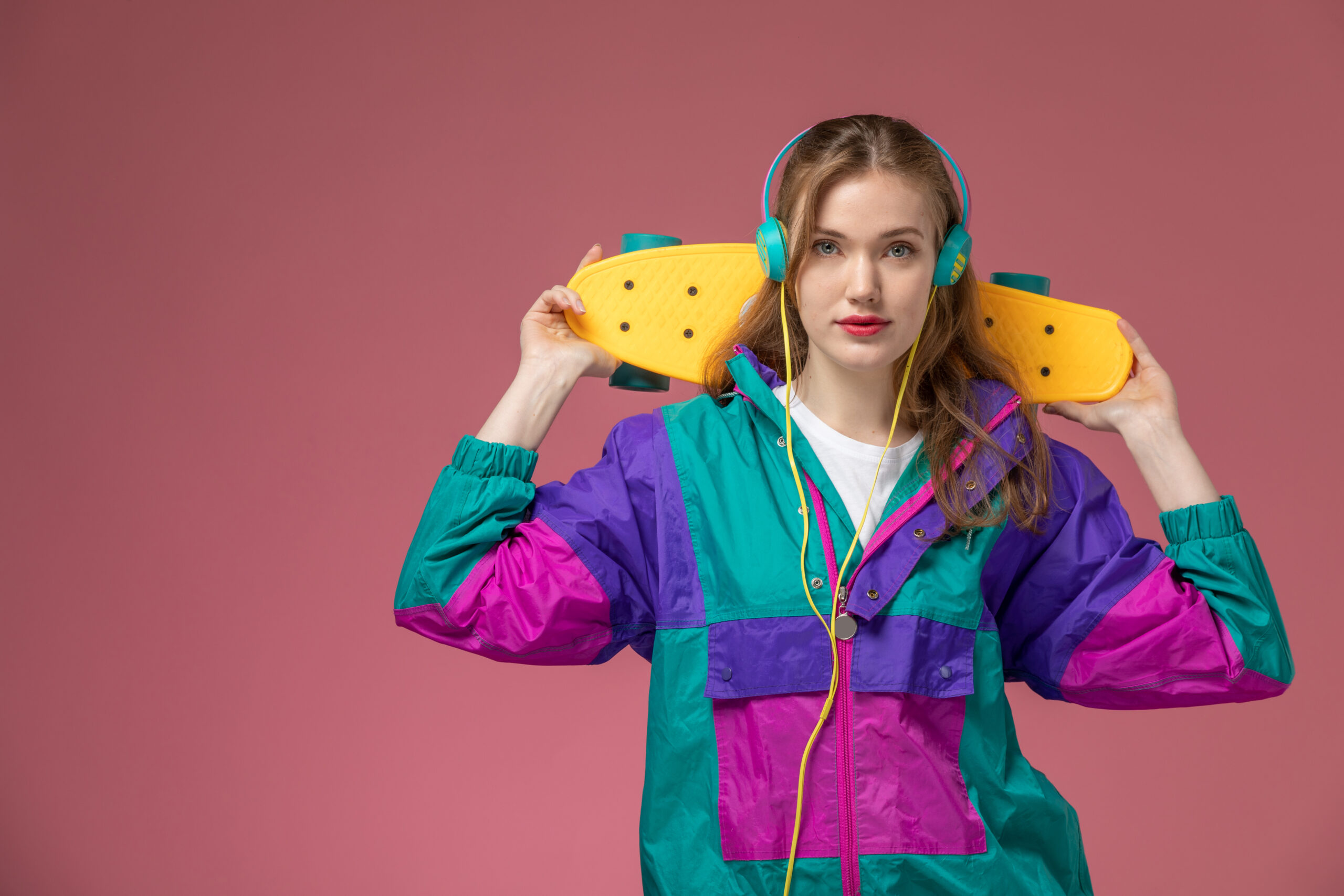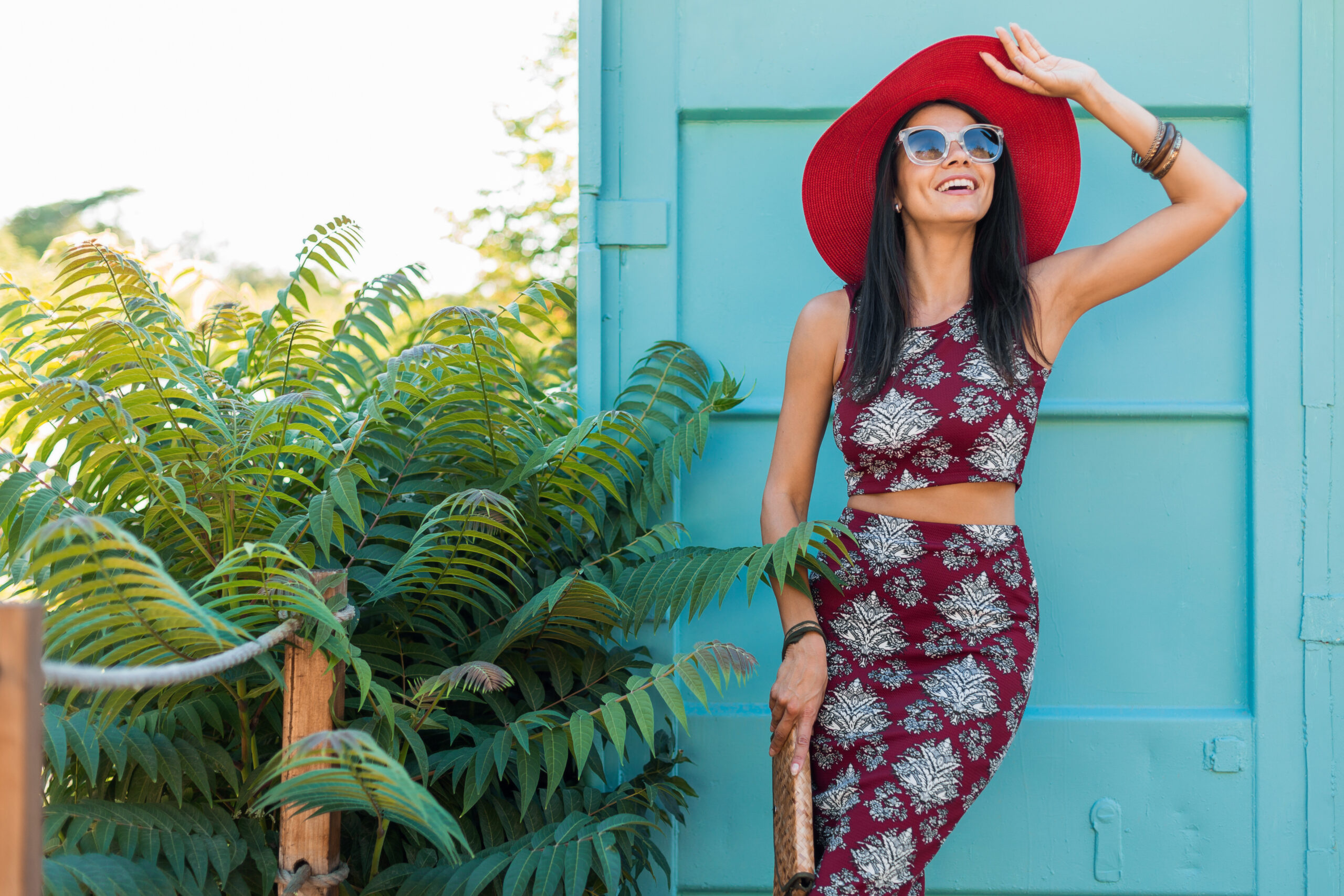Sustainable Fashion: A Complete Guide to Eco-Friendly Style
Introduction
Fashion has always been a reflection of culture, creativity, and identity. But in today’s world, where climate change, pollution, and resource depletion are global concerns, the fashion industry faces major criticism. The rise of fast fashion — cheap, mass-produced clothing that quickly goes out of style — has created serious environmental and ethical challenges. As a response, sustainable fashion has emerged as a powerful movement toward a cleaner, greener, and more ethical future in style.
This article explores everything you need to know about sustainable fashion: its meaning, history, principles, importance, challenges, examples, and how you can play your part in supporting it.
What is Sustainable Fashion?
Sustainable fashion refers to clothing, footwear, and accessories that are designed, manufactured, distributed, and used in ways that are environmentally friendly and socially responsible. It focuses on reducing harm to the planet, ensuring fair working conditions, and promoting long-lasting, quality garments instead of disposable trends.
In simple terms, sustainable fashion = eco-conscious + ethical + durable.
A Brief History of Sustainable Fashion
1960s–1970s: The environmental movement highlighted the harmful effects of mass production and synthetic fabrics.
1980s–1990s: Organizations started questioning sweatshops and labor exploitation in developing countries.
2000s: With globalization, fast fashion giants grew, but so did criticism about waste and exploitation.
2010s–Present: Consumers began demanding eco-friendly and ethical clothing. Brands like Patagonia, Stella McCartney, and Everlane became pioneers in sustainability.
Today, sustainable fashion is not just a trend but a necessity for the future.
Why is Sustainable Fashion Important?
-
Environmental Protection
-
Reduces water consumption (fashion industry uses 79 billion cubic meters annually).
-
Minimizes chemical pollution from dyes and synthetic fibers.
-
Lowers textile waste — currently, 92 million tons of clothing are discarded yearly.
-
-
Fair Labor & Ethical Production
-
Many fast-fashion workers face unsafe conditions and low wages.
-
Sustainable fashion ensures fair pay, safe workplaces, and dignity for workers.
-
-
Consumer Awareness
-
Shoppers today want brands that align with their values.
-
Eco-friendly products attract loyal, conscious customers.
-
Principles of Sustainable Fashion
-
Eco-Friendly Materials
-
Organic cotton, hemp, bamboo, and recycled polyester.
-
Natural dyes instead of toxic chemicals.
-
-
Slow Fashion
-
Encourages buying fewer but higher-quality clothes.
-
Focuses on timeless styles rather than seasonal trends.
-
-
Recycling & Upcycling
-
Old fabrics are reused to create new designs.
-
Thrift shops and vintage stores promote circular fashion.
-
-
Ethical Supply Chains
-
Fair wages and safe working conditions for laborers.
-
No child labor or exploitation.
-
-
Carbon Footprint Reduction
-
Local production to reduce transportation emissions.
-
Renewable energy in factories.
-
Examples of Sustainable Fashion Brands
Patagonia – Famous for recycled materials and fair trade practices.
Stella McCartney – High fashion with cruelty-free and eco-friendly materials.
Everlane – Radical transparency in pricing and production.
Reformation – Trendy designs with a low environmental impact.
ThredUp & Poshmark – Online resale platforms encouraging second-hand shopping.
Challenges in Sustainable Fashion
High Costs – Eco-friendly fabrics and ethical labor increase production costs.
Greenwashing – Some brands falsely market themselves as sustainable.
Consumer Habits – Many shoppers still prefer cheap fast fashion.
Scalability – Producing sustainable clothing on a large scale is difficult.
How Consumers Can Support Sustainable Fashion
Buy quality over quantity.
Choose organic, recycled, or natural fabrics.
Support second-hand shops and vintage clothing.
Avoid impulsive fast-fashion shopping.
Wash clothes in eco-friendly ways (cold water, fewer washes).
The Future of Sustainable Fashion
Experts predict that within the next decade:
Circular fashion (reuse, repair, recycle) will dominate.
AI and blockchain will ensure transparency in supply chains.
Vegan leather, lab-grown fabrics, and plant-based textiles will replace animal-derived materials.
Sustainability will no longer be optional but a requirement for all fashion brands.
Conclusion
Sustainable fashion is more than just a buzzword — it is a movement shaping the future of style. By embracing eco-friendly fabrics, ethical labor practices, and mindful consumption, the fashion industry can reduce its negative impact on the planet. At the same time, consumers like us can make a difference by making thoughtful choices.
When we choose sustainable fashion, we choose a healthier planet, fairer world, and timeless style.














Post Comment